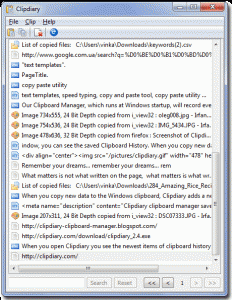
For example, an Animation clip named “Scale Anim” uses the recorded clip named “Recorded (1)”. The duplicated Animation clip is given the same name as the copied recorded clip. The name of the copied recorded clip is based on the original recorded clip.

In each Scene, you place your environments, obstacles, and decorations, essentially designing and building your game in pieces.

Think of each unique Scene file as a unique level. The copy of the recorded clip only appears after you save the scene A Scene contains the environments and menus of your game. The bindings to scene GameObjects are stored in the Timeline instance. A Timeline Asset does not include bindings to the GameObjects animated by the Timeline Asset. See in Glossary, a copy of the recorded clip is created and added to the Timeline Asset Refers to the tracks, clips, and recorded animation that comprise a cinematic, cut-scene, game-play sequence, or other effect created with the Timeline Editor window. You can also create some asset types in Unity, such as an Animator Controller, an Audio Mixer or a Render Texture. An asset may come from a file created outside of Unity, such as a 3D model, an audio file or an image. See in Glossary that uses a recorded clip as its source asset Any media or data that can be used in your game or Project. It is a simple “unit” piece of motion, such as (one specific instance of) “Idle”, “Walk” or “Run”. If you duplicate an Animation clip Animation data that can be used for animated characters or simple animations.

If you duplicate the clips used in a blend, the duplicated clips are tiled and the blend is removed. Right-click a clip, without selecting, and choose Duplicate from the context menu.ĭuplicating clips copies each selected clip and places the duplicate after the last clip on its track. Hold Command/Control and press C for copy, and press V for paste. See in Glossary and select Duplicate from the context menu. Right-click in the Clips view The area in the Timeline Editor window where you add, position, and manipulate clips. See in Glossary Editor window supports the following different methods of duplicating clips: Hold down the alt button, select the desired portion of your clip and drag it to a new location.The Timeline Generic term within Unity that refers to all features, windows, editors, and components related to creating, modifying, or reusing cut-scenes, cinematics, and game-play sequences. In many cases your clips will have video and audio synced and when you move one, the other moves as well. Not only can the alt key be used to duplicate a clip, you can also hold down the alt key when selecting either a video or audio clip to select just the video portion or just the audio portion. Bonus Tip: Using the Alt Key to Isolate a Track Once you’ve duplicated the clip, double-click the new clip and change any parameter that you’d like to customize for that clip. Note: the duplicated clips will carry on all the same effects, color treatments, etc. Simply hold down the alt button as you select the desired clip and move it to its new location. You can duplicate a text clip, an adjustment layer, or a graphic layer in exactly the same way. It gives you far more control over where your clip will ‘land’ than copy and paste. It doesn’t matter which track you want to place your clip on, you can drag and drop the newly duplicated clip wherever you’d like by simply holding down the alt key and moving it wherever you wish on your timeline.įor this reason (plus the fact that it’s the quickest) I think this is the best way to duplicate clips.

It doesn’t matter if your clip is audio or video, this will work for either. There you go, a duplicated clip in your desired location.


 0 kommentar(er)
0 kommentar(er)
